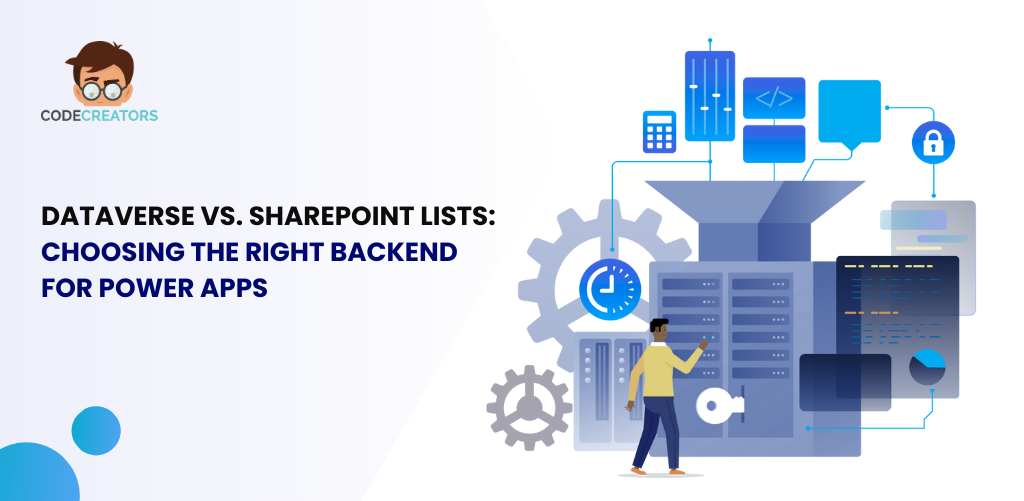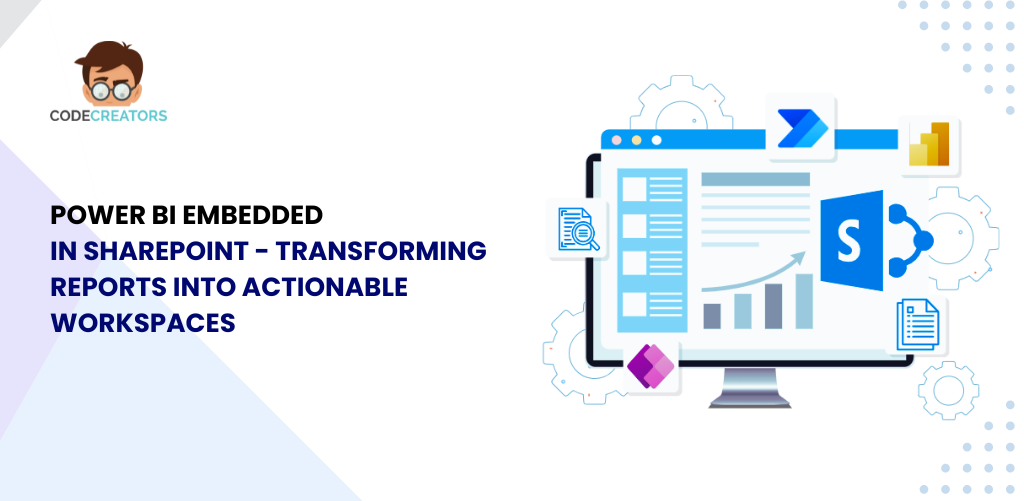Breaking Down Power Automate Licensing Costs: A Consultant’s Guide

Understanding Power Automate licensing costs is essential for businesses seeking to optimize automation investments. Microsoft offers different licensing models tailored to various business needs, ranging from individual automation to enterprise-wide workflows. Consultants must evaluate factors such as user requirements, workflow complexity, and cost-efficiency to recommend the best licensing options.
Power Automate Licensing Models and Pricing
Microsoft Power Automate provides distinct licensing models based on user access and automation scalability. The primary models include Per User, Per Flow, and Pay-As-You-Go plans, each with different pricing structures and capabilities.
Per User Licensing
The Per User licensing model allows individual users to create and execute workflows tailored to their tasks. It is suitable for businesses that need automation at the individual level without sharing workflows across multiple users.
| License Type | Cost | Features |
| Power Automate Per User | $15 per user/month | Unlimited cloud flows and standard connectors |
| Power Automate Per User with Attended RPA | $40 per user/month | Includes robotic process automation (RPA) with human intervention |
Per Flow Licensing
The Per Flow licensing model is ideal for organizations looking to share automated workflows across teams. This approach allows for a centralized automation strategy without requiring individual user licenses.
| License Type | Cost | Features |
| Power Automate Per Flow | $100 per flow/month | Supports shared workflows among multiple users |
| Power Automate Per Flow with Unattended RPA | $150 per flow/month | Includes unattended robotic automation without human intervention |
Pay-As-You-Go Licensing
The Pay-As-You-Go model provides flexible pricing based on actual usage. This option is best for organizations with fluctuating automation needs, ensuring cost efficiency without long-term commitments.
| License Type | Cost | Features |
| Power Automate Pay-As-You-Go | Usage-based pricing | Charges per flow execution, ideal for occasional automation needs |
Cost Considerations for Businesses
Selecting the appropriate Power Automate license involves analyzing several cost factors. Consultants must evaluate automation needs based on the following:
Business Size and User Count
Organizations with a small number of users can benefit from Per User plans, while large enterprises requiring shared workflows may find Per Flow plans more cost-effective.
Workflow Complexity and Scalability
Businesses with simple automation needs may opt for Per User licenses, whereas enterprises requiring large-scale automation should consider Per Flow or Unattended RPA licenses.
Additional Costs and Premium Features
Power Automate licenses may require additional costs for premium connectors, AI Builder, and integrations with external applications. Consultants should factor in these expenses when advising clients on budget-friendly automation strategies.
Optimizing Power Automate Licensing Costs
To maximize investment in Power Automate, businesses should adopt cost-effective strategies such as:
Identifying Key Automation Needs
Assessing automation goals helps in selecting the right licensing plan, preventing unnecessary spending on underutilized features.
Consolidating Workflows
Combining multiple automation processes into fewer workflows can reduce licensing costs under Per Flow plans, ensuring efficient utilization of automation resources.
Leveraging Microsoft Discounts and Incentives
Microsoft offers enterprise discounts and bundled licensing options. Businesses should explore these opportunities to optimize costs.
Wrapping Up!
Breaking down Power Automate licensing costs helps businesses select the right model for their automation needs. Consultants must consider workflow complexity, user count, and budget constraints when recommending licensing options. By optimizing licensing strategies, organizations can enhance automation efficiency while maintaining cost control.
At Code Creators, we specialize in helping businesses unlock the full potential of Microsoft’s powerful automation and data tools. Whether you’re looking for Power BI development services to gain actionable insights or SharePoint consulting services to streamline collaboration and workflows, our experts are here to guide you every step of the way. Contact us today to maximize your automation strategy and drive business efficiency.
As the CTO at Code Creators, I drive technological innovation, spearhead strategic planning, and lead teams to create cutting-edge, customized solutions that empower clients and elevate business performance.



